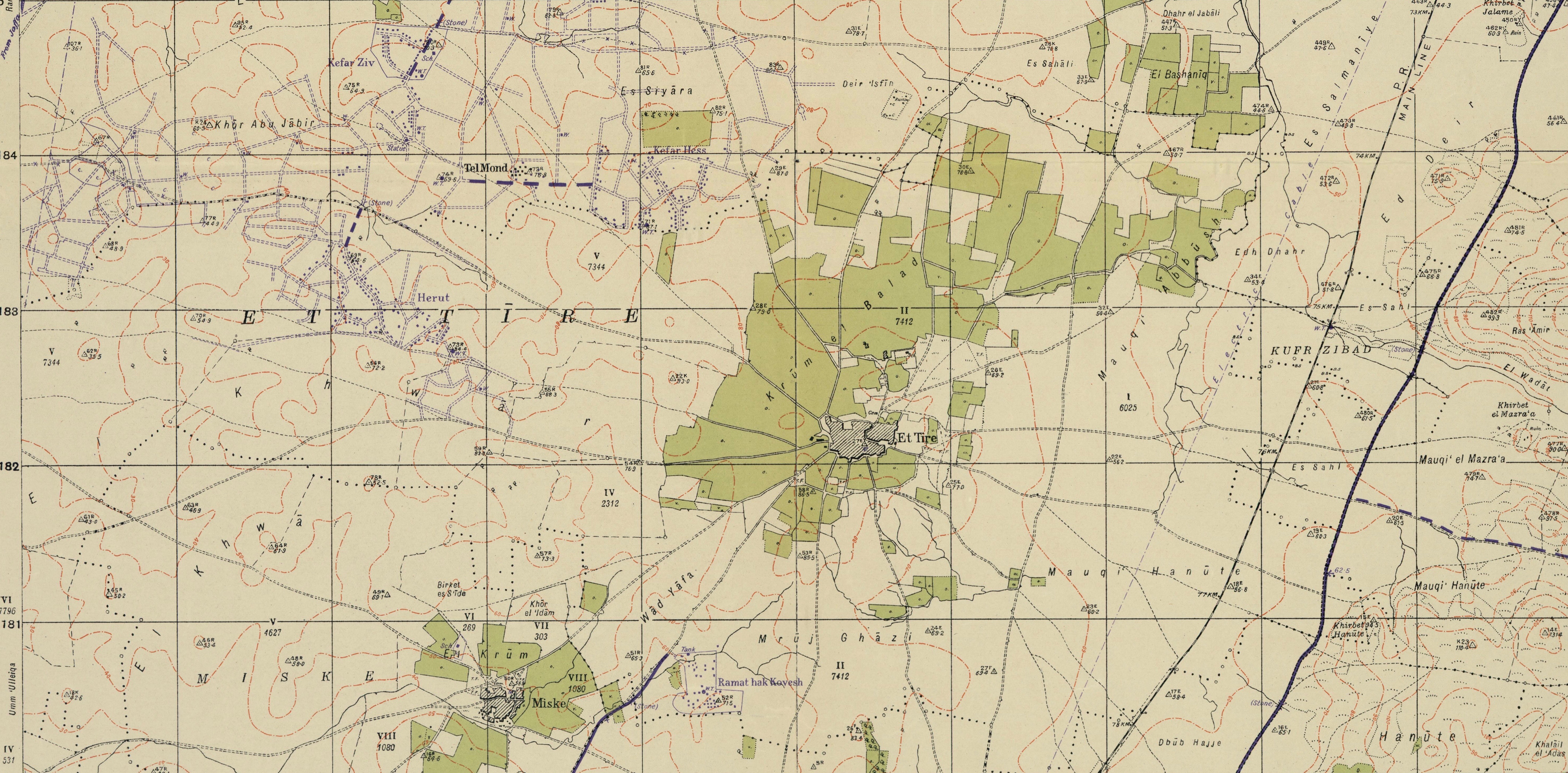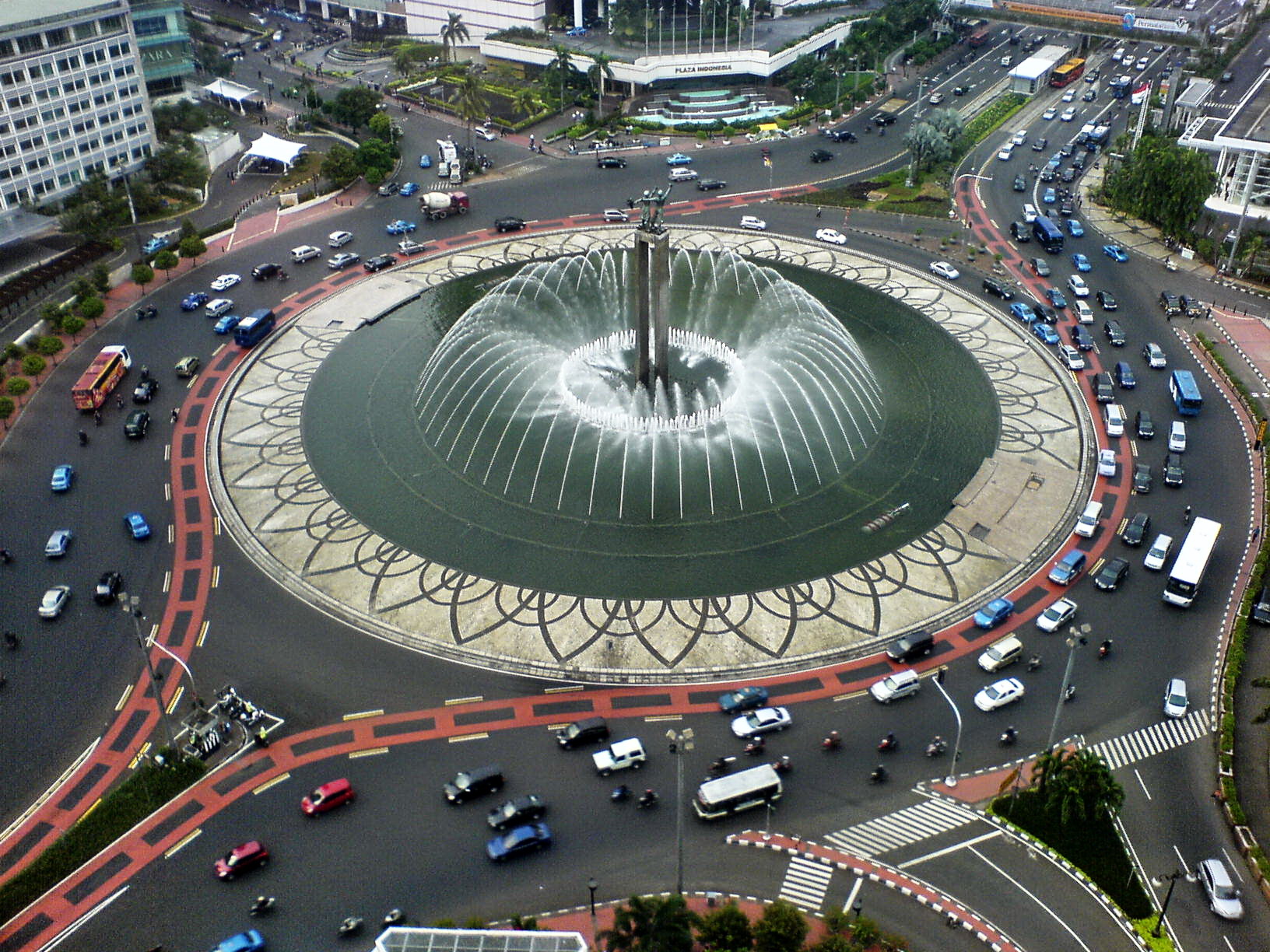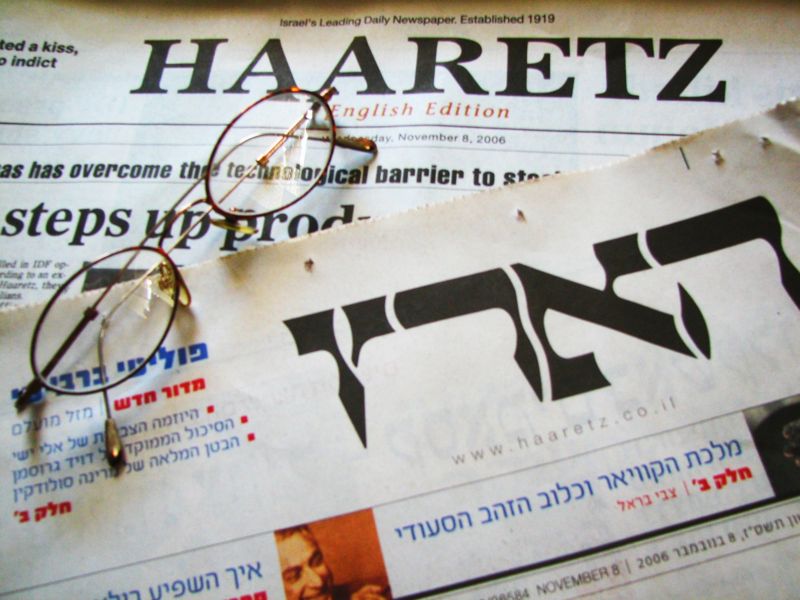|
Herut, Israel
Herut () is a moshav in central Israel. Located in the Sharon plain near Tel Mond, it falls under the jurisdiction of Lev HaSharon Regional Council. In it had a population of . History The village was founded in 1930 by the Herut society, an organization of immigrants who settled in Mandatory Palestine during the Third and Fourth Aliyah. One of the early agricultural crops was peanuts. Landmarks buildings include a culture hall, Beit Ha'am, built in 1959.A tragic background to a festive atmosphere Haaretz
''Haaretz'' (; originally ''Ḥadshot Haaretz'' – , , ) is an List of newspapers in Israel, Israeli newspaper. It ...
[...More Info...] [...Related Items...] OR: [Wikipedia] [Google] [Baidu] |
Roundabout
A roundabout, a rotary and a traffic circle are types of circular intersection or junction in which road traffic is permitted to flow in one direction around a central island, and priority is typically given to traffic already in the junction.''The New Shorter Oxford English Dictionary,'' Volume 2, Clarendon Press, Oxford (1993), page 2632 In the United States, engineers use the term modern roundabout to refer to junctions installed after 1960 that incorporate design rules to increase safety. Compared to stop signs, traffic signals, and earlier forms of roundabouts, modern roundabouts reduce the likelihood and severity of collisions greatly by reducing traffic speeds through horizontal deflection and minimising T-bone and head-on collisions. Variations on the basic concept include integration with tram or train lines, two-way flow, higher speeds and many others. For pedestrians, traffic exiting the roundabout comes from one direction, instead of three, simplifying the p ... [...More Info...] [...Related Items...] OR: [Wikipedia] [Google] [Baidu] |
Fourth Aliyah
The Fourth Aliyah () refers to the fourth wave of the Jewish immigration to Mandatory Palestine, mainly from Europe, between the years 1924 and 1928. The character of the Fourth Aliyah Starting around 1924 the character and the composition of the immigration to Palestine changed, and even though this immigration wave was very close to the previous immigration wave, it has been categorized as separate. That wave brought rapid urban development, particularly in Tel Aviv, which absorbed a considerable number of the immigrants. But during the years 1926–1927 an economic crisis occurred in the country, the toughest the Jewish settlement had during the period of the British Mandate of Palestine, and in spite of the economic comeback between the years 1928–1929, the crisis was identified with all of the period of the Fourth immigration. In the period of the crisis about 23,000 immigrants decided to leave the country. In February 1924 David Ben Gurion wrote in his diary: "The lac ... [...More Info...] [...Related Items...] OR: [Wikipedia] [Google] [Baidu] |
Populated Places Established In 1930
Population is a set of humans or other organisms in a given region or area. Governments conduct a census to quantify the resident population size within a given jurisdiction. The term is also applied to non-human animals, microorganisms, and plants, and has specific uses within such fields as ecology and genetics. Etymology The word ''population'' is derived from the Late Latin ''populatio'' (a people, a multitude), which itself is derived from the Latin word ''populus'' (a people). Use of the term Social sciences In sociology and population geography, population refers to a group of human beings with some predefined feature in common, such as location, race, ethnicity, nationality, or religion. Ecology In ecology, a population is a group of organisms of the same species which inhabit the same geographical area and are capable of interbreeding. The area of a sexual population is the area where interbreeding is possible between any opposite-sex pair within the area ... [...More Info...] [...Related Items...] OR: [Wikipedia] [Google] [Baidu] |
Moshavim
A moshav (, plural ', "settlement, village") is a type of Israeli village or town or Jewish settlement, in particular a type of cooperative agricultural community of individual farms settler, pioneered by the Labour Zionists between 1904 and 1914, during what is known as the Second Aliyah, second wave of ''aliyah''. A resident or a member of a moshav can be called a "moshavnik" (). There is an umbrella organization, the Moshavim Movement. The moshavim are similar to kibbutzim with an emphasis on communitarian, individualist labour. They were designed as part of the Zionist state-building programme following the green revolution in the Mandatory Palestine, British Mandate of Palestine during the early 20th century, but in contrast to the collective farming kibbutzim, farms in a moshav tended to be individually owned but of fixed and equal size. Workers produced crops and other goods on their properties through individual or pooled labour with the profit and foodstuffs go ... [...More Info...] [...Related Items...] OR: [Wikipedia] [Google] [Baidu] |
Qalqilya 1945
Qalqilya or Qalqiliya () is a city in the West Bank, Palestine, which serves as the administrative center of the Qalqilya Governorate. The city had a population of 51,683 in 2017. Qalqilya is surrounded by the Israeli West Bank barrier, Israeli West Bank wall, with a narrow gap in the east controlled by the Israeli military and a tunnel to the Palestinian town of Hableh. Qalqilya is under the administration of the Palestinian National Authority (as part of Palestinian enclaves, Area A), while remaining under Israeli occupation of the West Bank, Israeli military occupation. Etymology According to Edward Henry Palmer, the name came from "a type of pomegranate", or "gurgling of water".Palmer, 1881, p183/ref> Qalqilya was known as ''Calecailes'' in the Roman period, and ''Calcelie'' in the Frankish sources from the early Medieval times. The word "Qalqilya" might be derived from a Canaanite term which means "rounded stones or hills". History The vicinity of Qalqilya has been populated ... [...More Info...] [...Related Items...] OR: [Wikipedia] [Google] [Baidu] |
Nechama Rivlin
Nechama Rivlin (, née Shulman; 5 June 1945 – 4 June 2019) was an Israeli researcher, science secretary, and First Lady of Israel from 2014 to 2019. She worked at the Hebrew University of Jerusalem from 1967 to 2007. Early life and education Rivlin was born on a moshav in Herut, Israel. Her parents, Mendi and Drora Kayla Shulman, who immigrated from Ukraine, helped establish the community. Her mother, who had immigrated from Ukraine, was widowed when her husband died at the age of 45 from an illness. Rivlin was five at the time. Her mother then worked the farm, "with its orchard, cattle and chickens." "I remember her working hard and fighting like a lioness for the right to work the land, despite the objective difficulties entailed in choosing such a demanding way of life. She never sank into debt – no small feat in a cooperative farming settlement," Rivlin later wrote. Rivlin attended local schools and graduated from the Ruppin Regional High School. In 1964 she enrolled a ... [...More Info...] [...Related Items...] OR: [Wikipedia] [Google] [Baidu] |
Haaretz
''Haaretz'' (; originally ''Ḥadshot Haaretz'' – , , ) is an List of newspapers in Israel, Israeli newspaper. It was founded in 1918, making it the longest running newspaper currently in print in Israel. The paper is published in Hebrew language, Hebrew and English language, English in the Berliner (format), Berliner format, and is also available online. In North America, it is published as a weekly newspaper, combining articles from the Friday edition with a roundup from the rest of the week. ''Haaretz'' is Israel's newspaper of record. It is known for its Left-wing politics, left-wing and Liberalism in Israel, liberal stances on domestic and foreign issues. ''Haaretz'' has the third-largest Print circulation, circulation in Israel. It is widely read by international observers, especially in its English edition, and discussed in the international press. According to the Center for Research Libraries, among Israel's daily newspapers, "''Haaretz'' is considered the most infl ... [...More Info...] [...Related Items...] OR: [Wikipedia] [Google] [Baidu] |
Third Aliyah
The Third Aliyah () refers to the third wave, or aliyah, of modern Jewish immigration to Palestine (region), Palestine from Europe. This wave lasted from 1919, just after the end of World War I, until 1923, at the start of an economic crisis in Palestine. 35,000 to 40,000 Jews arrived in Palestine during the Third Aliyah. The bellwether of the Third Aliyah was the ship SS Ruslan, SS ''Ruslan'', which arrived at Jaffa Port on December 19, 1919, carrying 671 new immigrants and people returning after being stranded in Europe during the war. The pioneers of the Third Aliyah originated mainly from Eastern European countries: 45% from Russia, 31% from Poland, 5% from Romania, and 3% from Lithuania. History Three secret commitments of Great Britain, substantially contradicting each other, formed the basis for the conflicts that followed thereafter: * In October 1915, the British pledged to recognise the independence of an Arab state within the boundaries proposed by the Sherif of Mekka, ... [...More Info...] [...Related Items...] OR: [Wikipedia] [Google] [Baidu] |
Lev HaSharon Regional Council
Lev HaSharon Regional Council () is a regional council in the Sharon region of the Central District of Israel. History The council was established in 1984, unifying Hadar HaSharon and Northern Sharon regional councils, and covers 18 villages with a total area of 57,000 dunams and a population of 13,600. It borders Hefer Valley Regional Council and Pardesiya to the north, Qalansawe, Tira and the West Bank to the east, Drom HaSharon Regional Council to the south and Even Yehuda and Netanya to the west. Until 1997 it also covered Tzoran, now a local council. List of communities *Moshavim ** Tzur Moshe · Azri'el · Bnei Dror · Ein Sarid · Ein Vered · Geulim · Herut · Kfar Hess · Kfar Yabetz · Mishmeret · Nitzanei Oz · Nordia · Porat · · Tnuvot · Yanuv *Community settlements ** Ganot Hadar · Ye'af *Other villages ** Kfar Avoda International relations Twin towns — Sister cities Lev HaSharon region is twinned with: * Tczew Tczew (, formerly ) ... [...More Info...] [...Related Items...] OR: [Wikipedia] [Google] [Baidu] |
Mandatory Palestine
Mandatory Palestine was a British Empire, British geopolitical entity that existed between 1920 and 1948 in the Palestine (region), region of Palestine, and after 1922, under the terms of the League of Nations's Mandate for Palestine. After an Arab Revolt, Arab uprising against the Ottoman Empire during the First World War in 1916, British Empire, British Egyptian Expeditionary Force, forces drove Ottoman Empire, Ottoman forces out of the Levant. The United Kingdom had agreed in the McMahon–Hussein Correspondence that it would honour Arab independence in case of a revolt but, in the end, the United Kingdom and French Third Republic, France divided what had been Ottoman Syria under the Sykes–Picot Agreement—an act of betrayal in the eyes of the Arabs. Another issue was the Balfour Declaration of 1917, in which Britain promised its support for the establishment of a Homeland for the Jewish people, Jewish "national home" in Palestine. Mandatory Palestine was then establishe ... [...More Info...] [...Related Items...] OR: [Wikipedia] [Google] [Baidu] |
Aliyah
''Aliyah'' (, ; ''ʿălīyyā'', ) is the immigration of Jews from Jewish diaspora, the diaspora to, historically, the geographical Land of Israel or the Palestine (region), Palestine region, which is today chiefly represented by the Israel, State of Israel. Traditionally described as "the act of going up" (towards the Jerusalem in Judaism, Jewish holy city of Jerusalem), moving to the Land of Israel or "making aliyah" is one of the most basic tenets of Zionism. The opposite action – emigration by Jews from the Land of Israel – is referred to in the Hebrew language as ''yerida'' (). The Law of Return that was passed by the Knesset, Israeli parliament in 1950 gives all diaspora Jews, as well as their children and grandchildren, the right to relocate to Israel and acquire Israeli citizenship on the basis of connecting to their Jewish identity. For much of Jewish history, their history, most Jews have lived in the diaspora outside of the Land of Israel due to Jewish militar ... [...More Info...] [...Related Items...] OR: [Wikipedia] [Google] [Baidu] |





